Endurance athletes constantly push the boundaries of what the human body can achieve. From running hundreds of miles without sleep to climbing the highest peaks on Earth, these incredible feats of strength and perseverance defy belief. This article explores some of the most unbelievable displays of human endurance in extreme sports, showcasing individuals who have faced and conquered unimaginable challenges. These stories inspire us to believe that no matter how difficult the task, persistence can lead to extraordinary achievements.
Free Soloing El Capitan by Alex Honnold
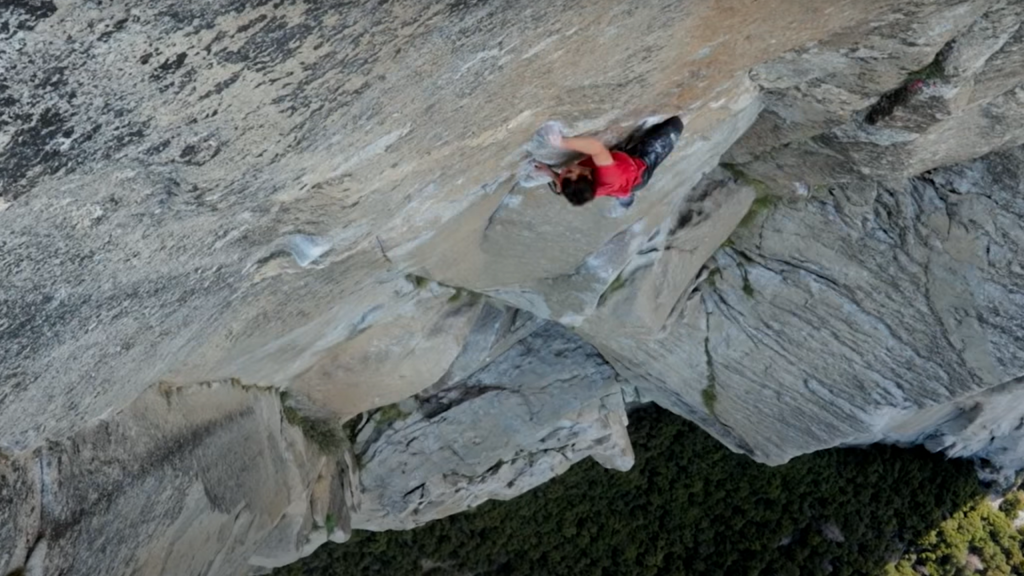
In June 2017, Alex Honnold achieved what many thought impossible—free solo climbing El Capitan. This 3,000-foot sheer rock face in Yosemite National Park is considered one of the most difficult big wall climbs in the world, and he did it without ropes or safety gear. The climb required not just physical endurance but an extraordinary mental focus, as any mistake could be fatal. Over the course of four hours, he meticulously made his way up the vertical face, completing a feat that had never been attempted in such a manner. It took him over a year to plan each movement and section of the wall in his preparation. You can watch this event in the documentary Free Solo, which won an Academy Award.
The Longest Tennis Match in History by John Isner and Nicolas Mahut

In June 2010, John Isner and Nicolas Mahut played the longest tennis match in history at Wimbledon, lasting 11 hours and 5 minutes over three days. The fifth set alone took 8 hours and 11 minutes, with the players battling it out for a record-breaking 183 games. Both players displayed an incredible level of endurance, as they pushed their bodies beyond normal limits to continue competing. The match was so grueling that the scoreboard malfunctioned at times, unable to keep up with the length of the game. This marathon match redefined what is physically possible in tennis, as both players dealt with dehydration, muscle fatigue, and mental exhaustion.
Felix Baumgartner’s 24-Mile Free Fall
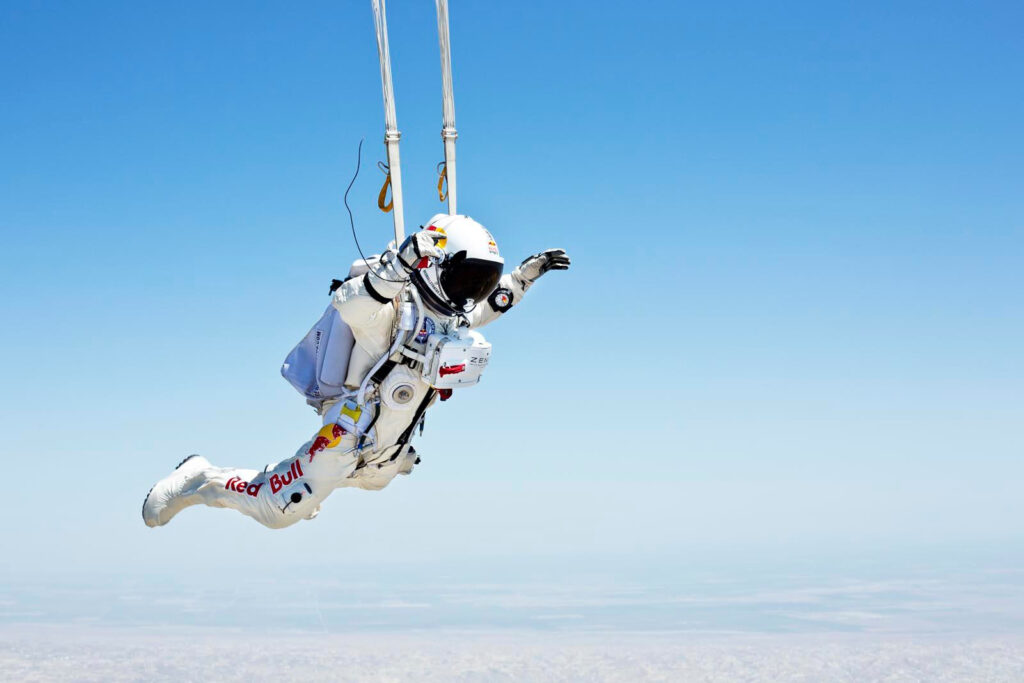
In 2012, Felix Baumgartner became the first person to break the sound barrier without vehicular assistance during a 24-mile free fall from the edge of space. The daredevil skydiver reached speeds of 833 mph during his descent, falling from a balloon 128,100 feet above the Earth. The jump set numerous records, including the highest manned balloon flight and fastest free fall velocity. What makes this feat so incredible is the sheer danger involved—at one point, he entered a spin that could have been fatal if he hadn’t regained control. His jump provided valuable data for future space exploration, marking a significant contribution to both sports and science.
Herbert Nitsch’s 830-Foot Free Dive
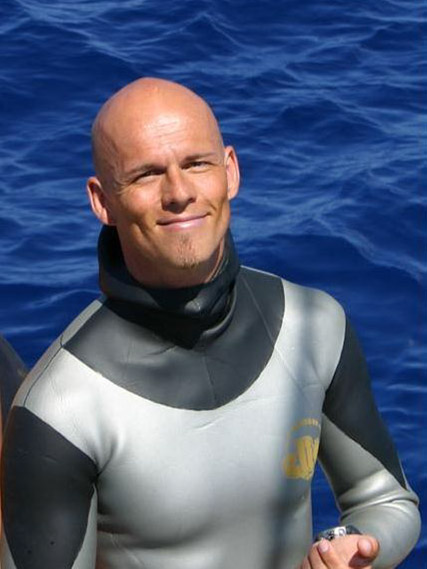
In 2012, Austrian free diver Herbert Nitsch set the record for the deepest no-limit free dive, descending 830.8 feet on a single breath. The dive nearly cost him his life, as he suffered from severe decompression sickness on his ascent, resulting in multiple strokes. Despite doctors predicting he would never walk again, he made a full recovery and returned to free diving. His achievement remains one of the most dangerous and awe-inspiring feats of human endurance. This dive not only tested the limits of human physiology but also showed his indomitable will to push boundaries, even after facing life-threatening consequences.
Ross Edgley’s Great British Swim

In 2018, British athlete Ross Edgley became the first person to swim around the entire coastline of Great Britain, a distance of over 1,780 miles. The swim took him 157 days, during which he faced jellyfish stings, extreme weather, and the psychological toll of swimming up to 12 hours a day. He did not step foot on land for the entire duration of the swim, living aboard a support boat when not in the water. His feat was not just a test of physical endurance but also mental resilience, as he had to keep pushing forward through exhaustion, injury, and dangerous sea conditions. Along the way, he encountered numerous marine life species, from dolphins to curious seals, and used the swim to raise awareness for ocean conservation.
Colin O’Brady’s Solo Trek Across Antarctica

In December 2018, Colin O’Brady became the first person to complete a solo, unsupported, and unaided trek across Antarctica. The journey covered 932 miles in 54 days, during which he battled freezing temperatures, high winds, and physical exhaustion, all while pulling a sled that weighed more than 300 pounds. What makes his trek so unbelievable is that he did it entirely alone, with no outside assistance, which meant carrying all of his food and equipment for the entire duration of the journey. The trek required immense mental endurance, as he faced complete isolation for nearly two months in one of the harshest environments on Earth. His accomplishment broke records and redefined what was thought to be possible in polar exploration, proving that the human body and mind are capable of enduring extreme challenges.
Dean Karnazes’ 50 Marathons in 50 States in 50 Days

In 2006, ultramarathoner Dean Karnazes completed one of the most astonishing feats in running history: he ran 50 marathons in 50 states in 50 consecutive days. Each day, he ran 26.2 miles in a different U.S. state, starting in Missouri and finishing in New York City. What makes this feat particularly impressive is not just the distance but the logistical challenge of traveling across the country while maintaining the physical endurance needed to run a marathon each day. He has been known for pushing the limits of human endurance, and this accomplishment cemented his status as one of the greatest long-distance runners in the world. Along the way, he inspired thousands of people to join him on parts of his run, raising awareness for healthy living and the importance of physical fitness.
Diana Nyad’s Swim from Cuba to Florida
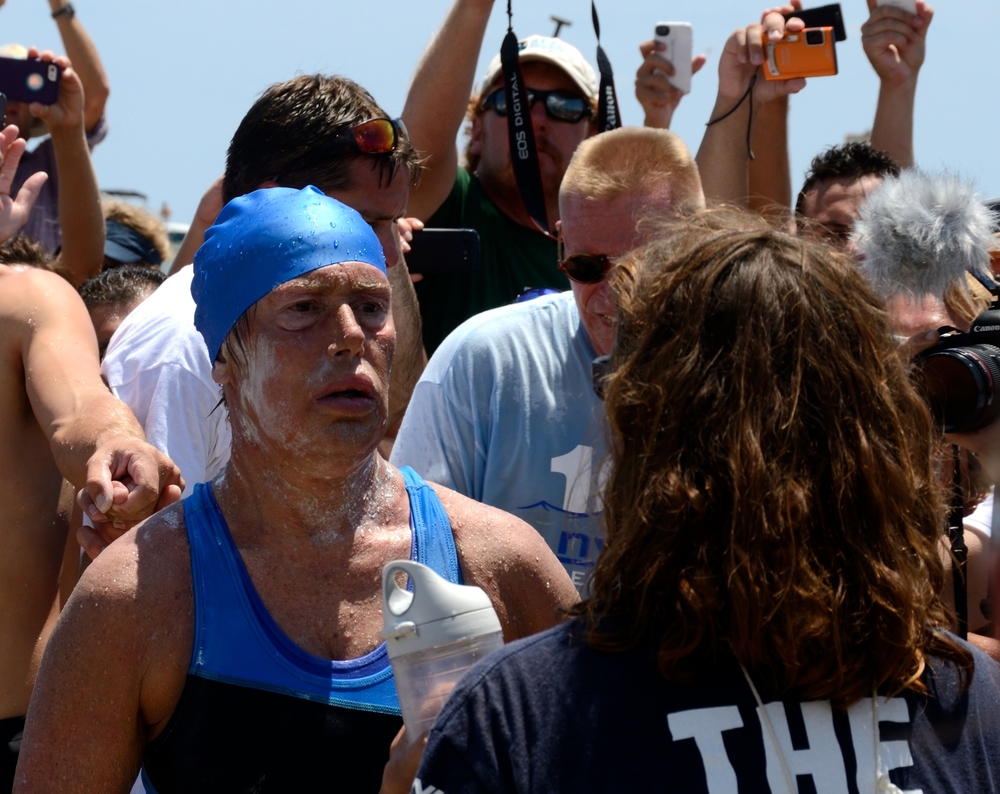
In 2013, at the age of 64, Diana Nyad became the first person to swim from Cuba to Florida without the aid of a shark cage. The swim covered 110 miles and took her 53 hours to complete, pushing the limits of human endurance and perseverance. This was her fifth attempt at the feat, having previously failed due to dangerous jellyfish stings, strong currents, and extreme fatigue. She faced numerous challenges during the swim, including dehydration, hallucinations, and intense pain, yet she continued to push forward. The swim was a powerful symbol of human determination, showing that age is no barrier to achieving incredible feats.
More from Rarest.org
16 Native Species Threatened by Human Activity

Human activity is rapidly impacting wildlife across the globe, pushing many native species to the brink of extinction. From habitat destruction to poaching, the consequences are dire. Read More.
20 Animals That Have Become Symbols of Conservation Efforts
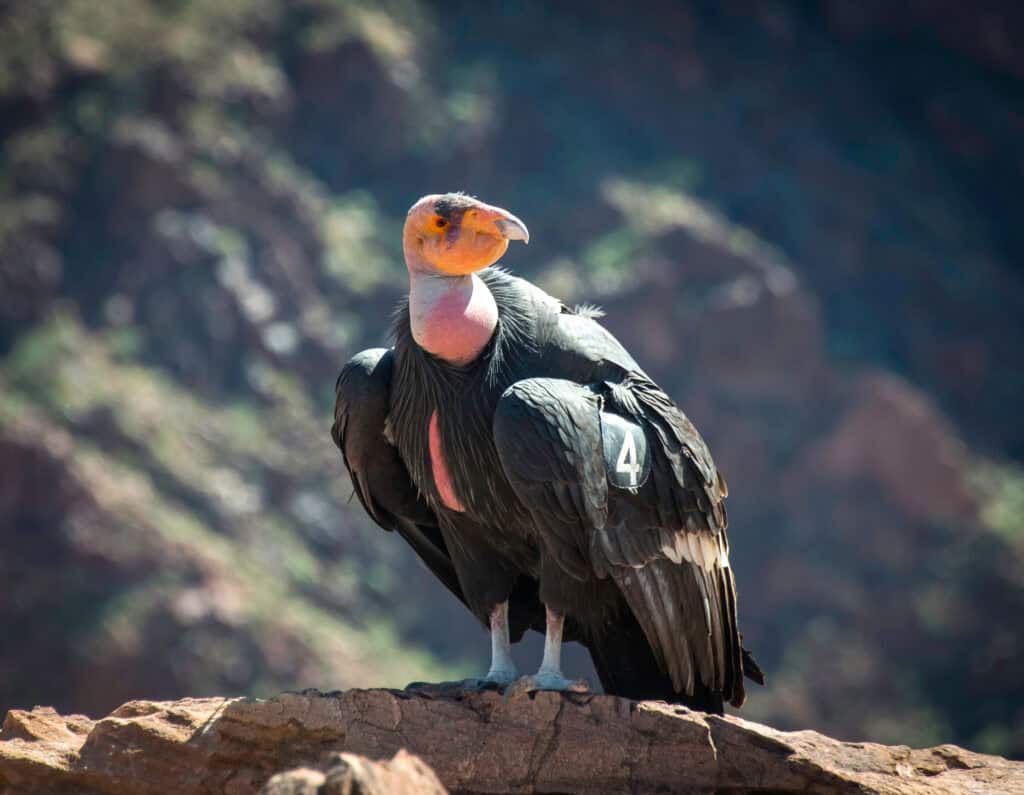
Throughout the world, certain animals have become powerful symbols of conservation efforts. These creatures often face extreme threats, from habitat loss to poaching. Read More.
22 Eye-Catching Fish Species Found in Coral Reefs
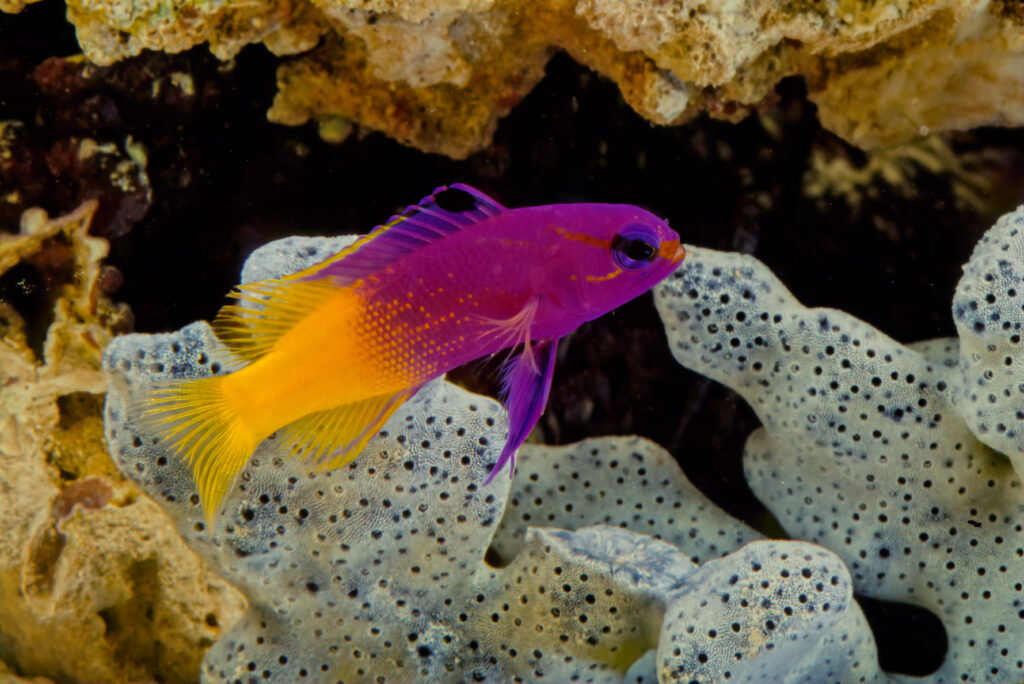
Coral reefs are home to some of the most vibrant and diverse fish species in the world. These underwater ecosystems showcase a kaleidoscope of colors and fascinating behaviors that captivate anyone who visits. Read More.
